How to sleep better, how to relief back pain and how to save your eyes from your screen.
Some of the most common complaints related to our lifestyle are sleep problems, back and lower back pain, as well as eye strain caused by prolonged exposure to screens. In the following lines, we will learn how to cope with these everyday problems—based on science, of course.
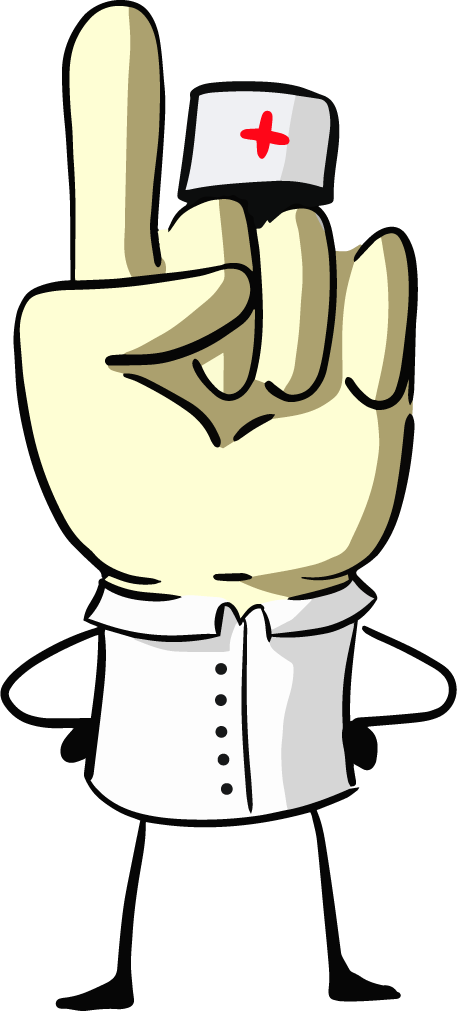
Better Sleep Every Night
Observe good sleep hygiene—establish a regular schedule for going to bed and waking up, trying to get up and go to bed at the same time every day, even on weekends; create a quiet, dark, and cool atmosphere in your bedroom, and avoid using electronic devices before sleep. Limit late consumption of caffeine and alcohol—even though alcohol might initially help us fall asleep, it disrupts sleep quality by reducing deep REM sleep and often leads to nighttime awakenings and restless sleep.
Improving these habits and other similar habits improves sleep and helps us have more energy as well as a better mood throughout the day.
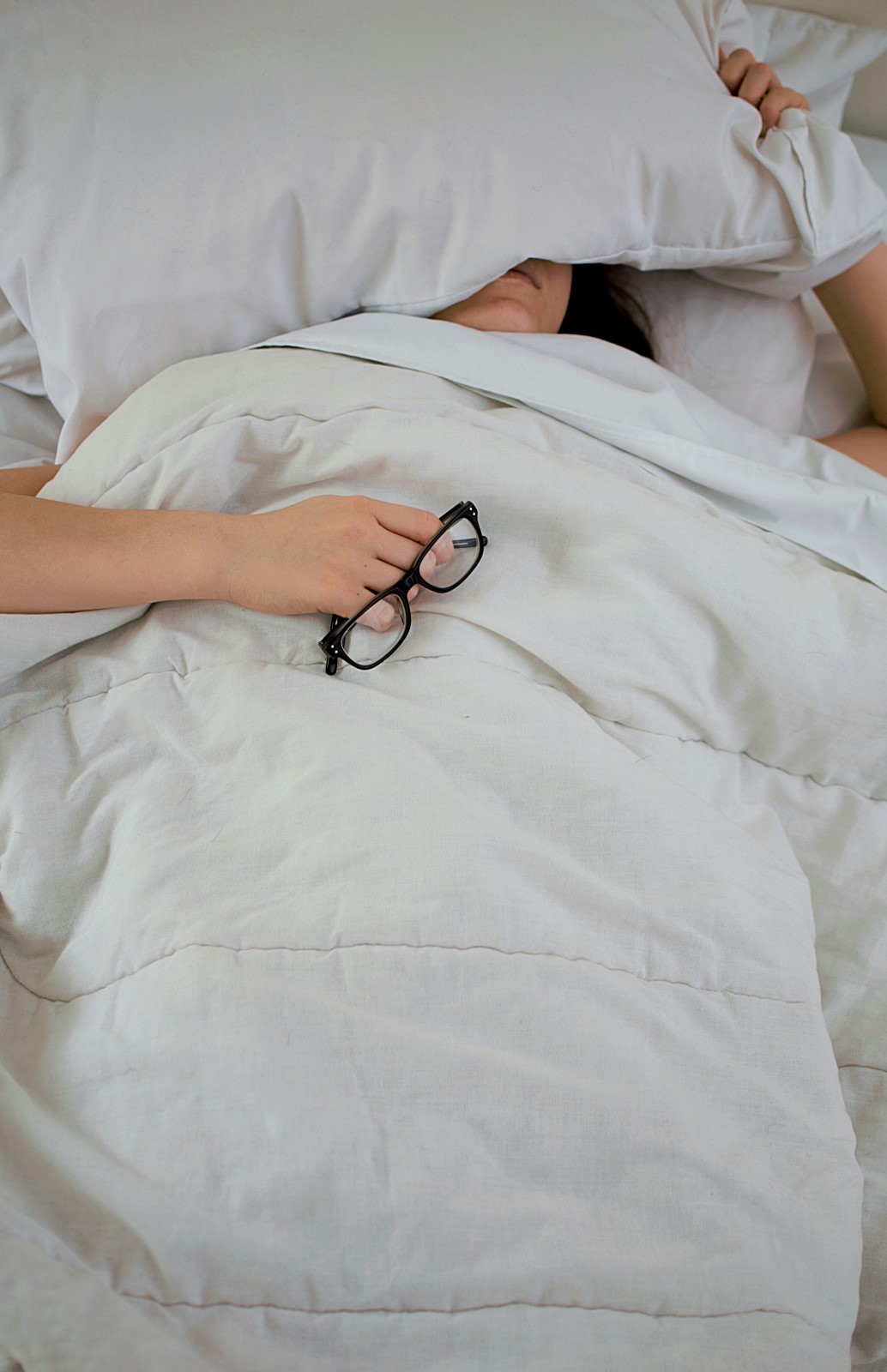
Relief from Back Pain While Sitting
If you work sitting down, pay extra attention to your posture and take frequent breaks for movement. According to experts, the most important thing for reducing lower back pain is to get up and move around every ~30-60 minutes.
Stretching, a short walk, or several exercises at the workplace help disperse accumulated tension in the spine. Use an ergonomic chair that supports the lumbar region, and strive to sit with a straight back and feet supported on the floor—this reduces the load on the intervertebral discs, which, in incorrect posture, can double or triple.

Protecting Your Eyes When Working with Screens
Prolonged staring at a computer or phone causes computer vision syndrome—fatigue, dryness, and burning sensations. Apply the 20-20-20 rule: every 20 minutes take a break of at least 20 seconds, focusing your gaze on an object about ~20 feet (6 meters) away. This allows the eye muscles to relax. Also, blink frequently to keep the eyes moist (when working on screens, blinking decreases by half).
Adjust the lighting—reduce glare and position the screen so its top edge is at eye level, which reduces strain on the neck and eyes.
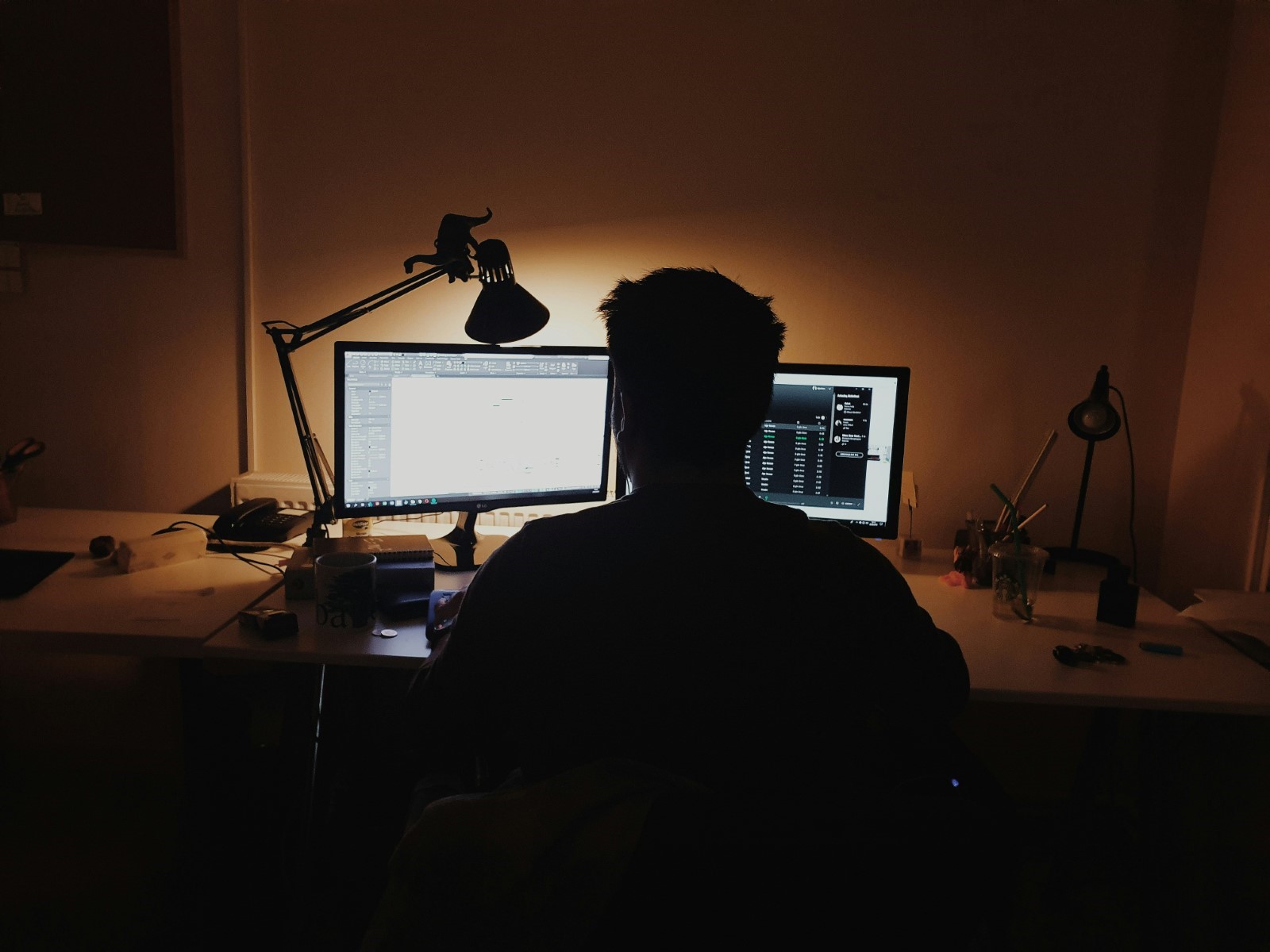
Final Thoughts
These problems trouble many of us in our daily lives, causing additional tension both on our bodies and our minds, preventing us from being maximally effective both in our work and outside it. Try the tips presented above and feel how the tension caused by them is at least a little bit less.

Sources:
De Pasquale C, El Kazzi M, Sutherland K, Shriane AE, Vincent GE, Cistulli PA, Bin YS. Sleep hygiene - What do we mean? A bibliographic review. Sleep Med Rev. 2024 Jun;75:101930. doi: 10.1016/j.smrv.2024.101930. Epub 2024 Apr 16. PMID: 38761649.
Robbins R, Quan S. Sleep Health. NEJM Evid. 2024 Aug;3(8):EVIDra2300269. doi: 10.1056/EVIDra2300269. Epub 2024 Jul 23. PMID: 39041870. Robbins R, Quan S. Sleep Health. NEJM Evid. 2024 Aug;3(8):EVIDra2300269. doi: 10.1056/EVIDra2300269. Epub 2024 Jul 23. PMID: 39041870.
Hirohama K, Imura T, Hori T, Deguchi N, Mitsutake T, Tanaka R. The effects of nonpharmacological sleep hygiene on sleep quality in nonelderly individuals: A systematic review and network meta-analysis of randomized controlled trials. PLoS One. 2024 Jun 5;19(6):e0301616. doi: 10.1371/journal.pone.0301616. PMID: 38837997; PMCID: PMC11152306.
Brosnan B, Haszard JJ, Meredith-Jones KA, Wickham SR, Galland BC, Taylor RW. Screen Use at Bedtime and Sleep Duration and Quality Among Youths. JAMA Pediatr. 2024 Nov 1;178(11):1147-1154. doi: 10.1001/jamapediatrics.2024.2914. PMID: 39226046; PMCID: PMC11372655.
Guduru RKR, Ramineni J, M M R, D S, Bharathi H. Comparative Analysis of SCM Muscle Fatigue in Office Workers with Hunched Posture: A Study on Chronic Lower Back Pain versus Non-Affected Individuals. Biotechnol Appl Biochem. 2025 Feb 3. doi: 10.1002/bab.2725. Epub ahead of print. PMID: 39901562.
Davidson JM, Zehr JD, Noguchi M, Fok DJ, Tennant LM, Callaghan JP. Lateral Pelvis and Lumbar Motion in Seated and Standing Office Work and Their Association With Transient Low Back Pain. Hum Factors. 2025 Feb;67(2):85-99. doi: 10.1177/00187208241249423. Epub 2024 May 7. PMID: 38713086.
Miyachi R, Fujii Y, Nishimura T, Goda A, Nagamori Y, Kanazawa Y. Examining Movement Patterns, Skeletal Muscle Mass, and Hip Mobility in Office Workers With or Without Lower Back Pain: An Analytical Cross-Sectional Study. Cureus. 2024 Jul 17;16(7):e64721. doi: 10.7759/cureus.64721. PMID: 39156309; PMCID: PMC11328160.
Kahal F, Al Darra A, Torbey A. Computer vision syndrome: a comprehensive literature review. Future Sci OA. 2025 Dec;11(1):2476923. doi: 10.1080/20565623.2025.2476923. Epub 2025 Mar 8. PMID: 40055942; PMCID: PMC11901492.
Yee NL, Binti Muhammad Riduan Wong LFW, Stewart MA, Nor Haty Binti H, Singh GKJ, Bin Mohamad Anuar MF. Prevalence, Knowledge and Associated Factors Related to Computer Vision Syndrome among Undergraduate Students. Florence Nightingale J Nurs. 2024 Jun 28;32(2):118-125. doi: 10.5152/FNJN.2024.23037. PMID: 39545780; PMCID: PMC11332467.
Iqbal M, Elmassry A, Elgharieb M, Said O, Saeed A, Ibrahim T, Kotb A, Abdelhalim M, Shoughy S, Elgazzar A, Shamselden H, Hammour A, Eid M, Elzembely H, Abdelaziz K. Visual, ocular surface, and extraocular diagnostic criteria for determining the prevalence of computer vision syndrome: a cross-sectional smart-survey-based study. Med Hypothesis Discov Innov Ophthalmol. 2024 Jul 1;13(1):1-15. doi: 10.51329/mehdiophthal1489. PMID: 38978825; PMCID: PMC11227667.
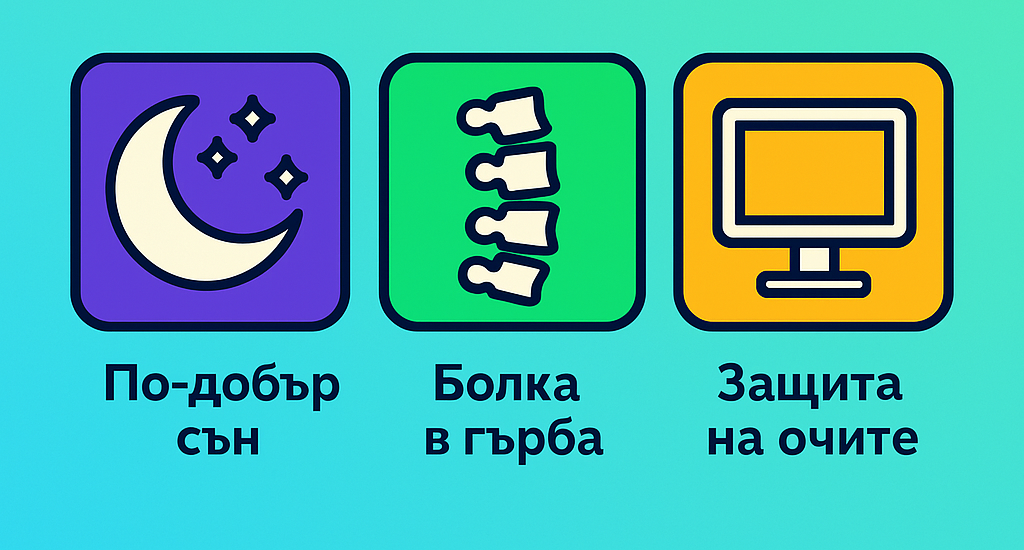
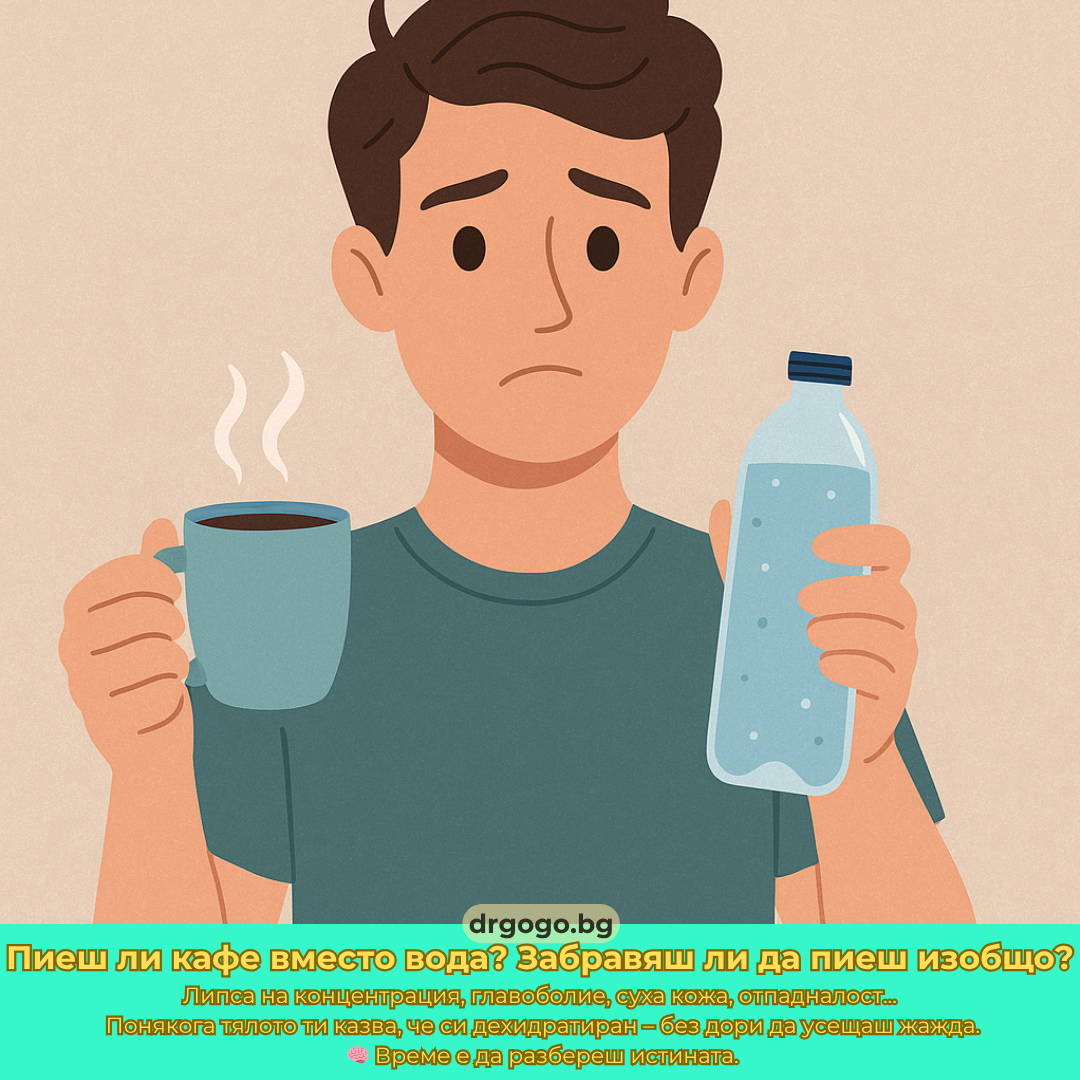


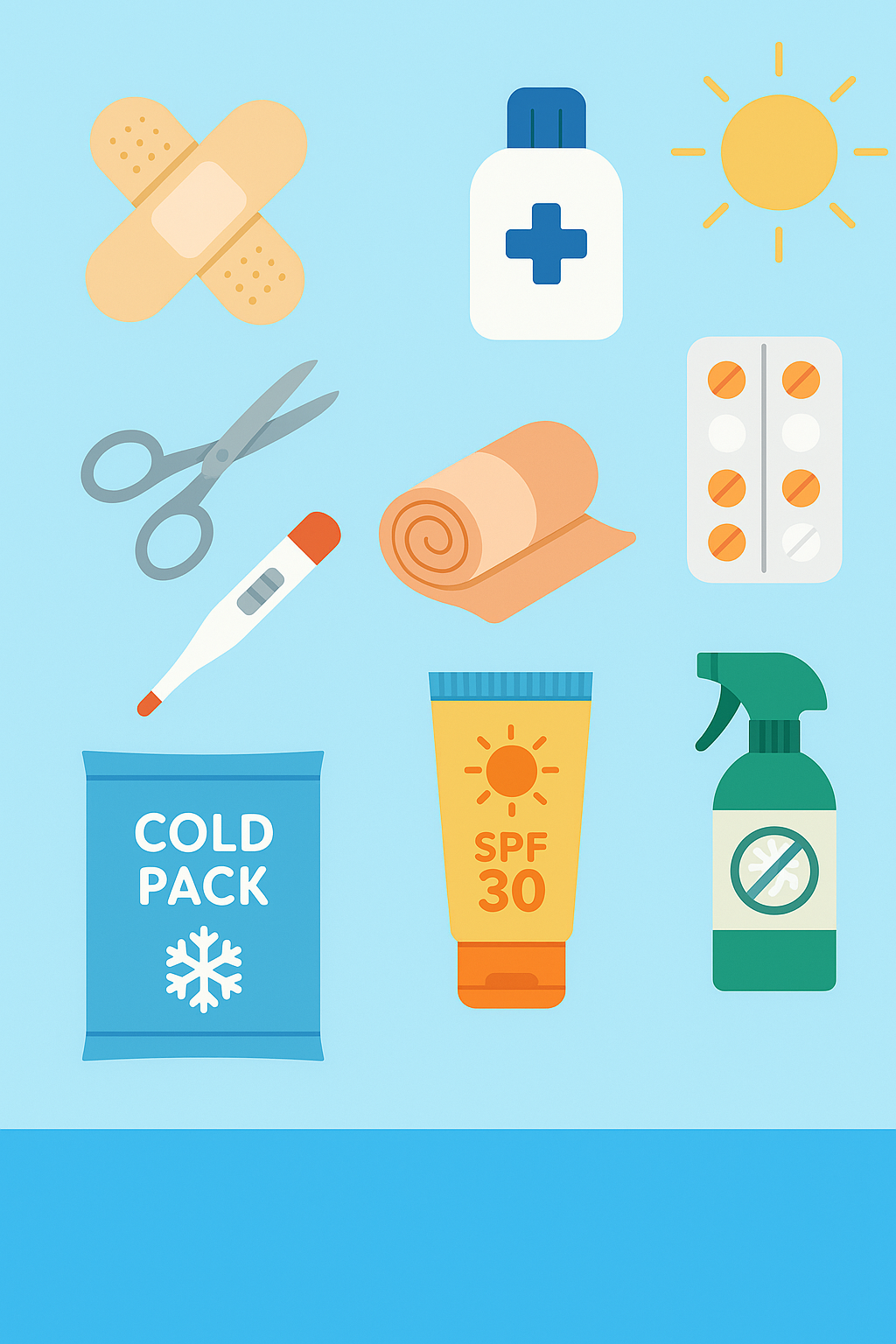
Comments